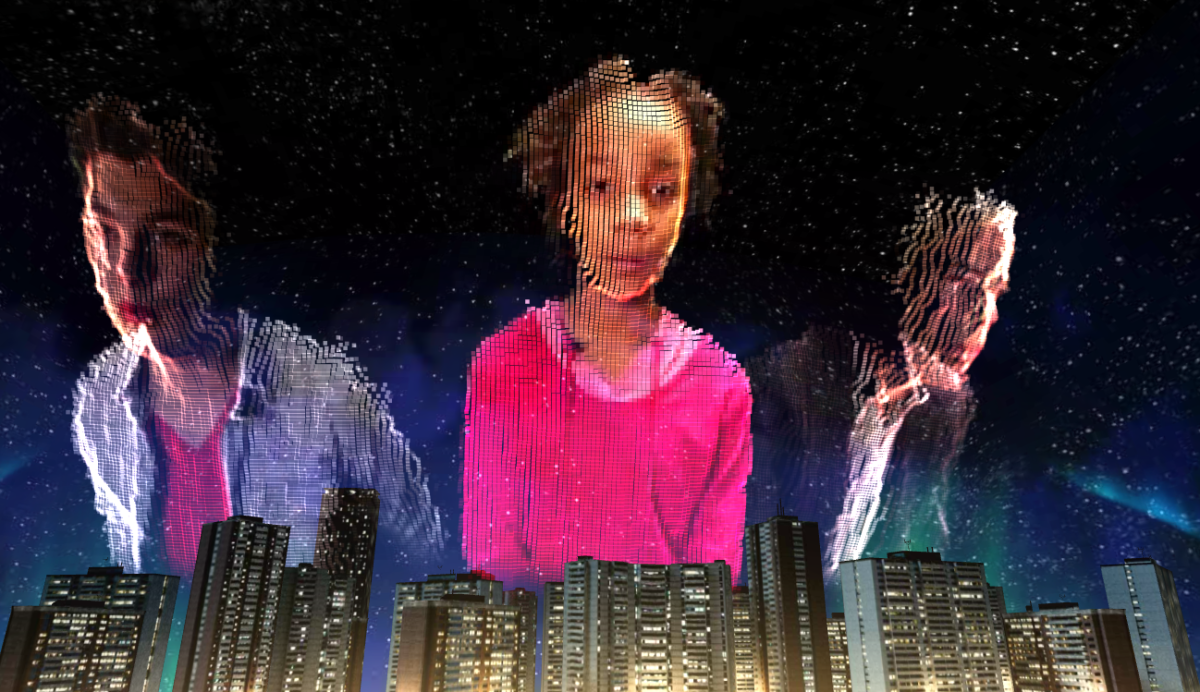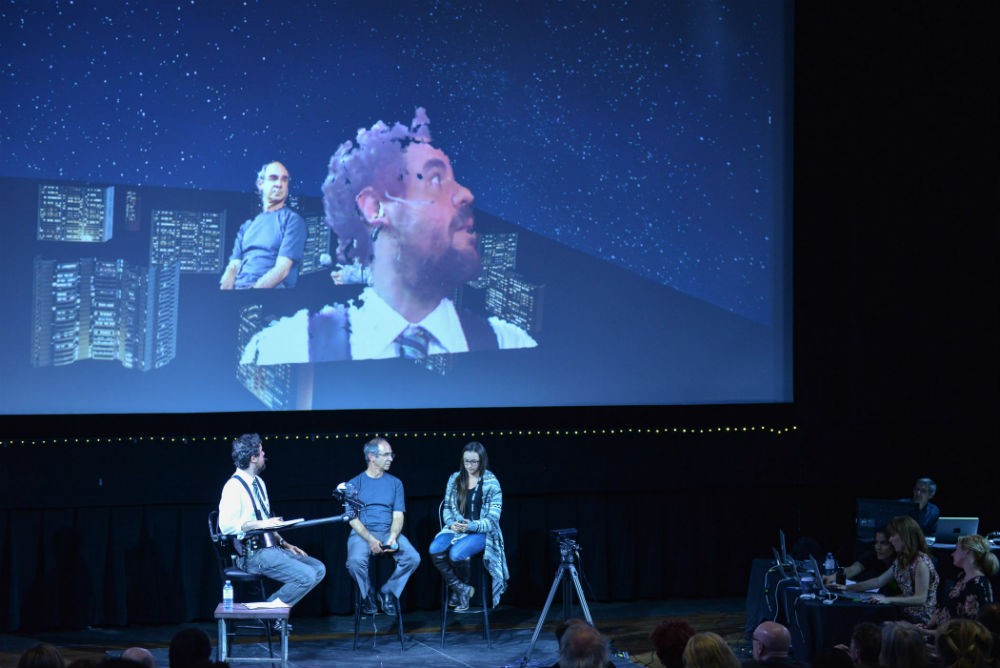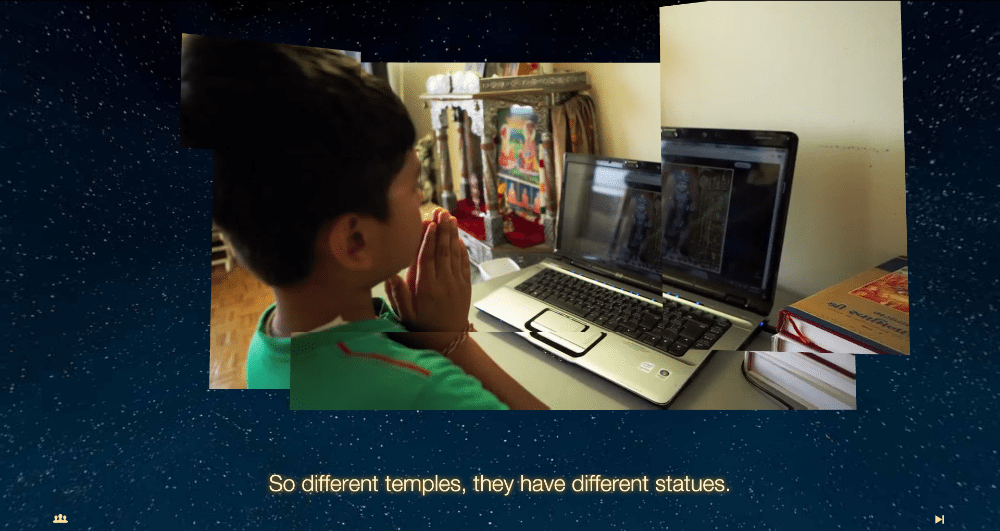
Highrise, the current project of Emmy-awarding filmmaker Katerina Cizek, examines the global phenomenon of suburban skyscrapers. In its investigations of the vibrancy contained within these towering slabs of concrete, Highrise explores life at the fringes of the urban center, capturing the historical, social, cultural, and technological textures of vertical living in the 21st century — an experience that is increasingly becoming a way of life for a majority of people in the world. “We are an urban species,” Cizek says. As an ambitious “multi-year, transmedia collaborative documentary project,” Highrise explodes traditional notions of what a documentary can be.
Highrise, produced by the National Film Board of Canada, encompasses several distinct segments, including “Out My Window,” a collection of stories from the viewpoints of people in Phnom Penh, Bangalore, Beirut, Sao Paulo, Chicago; and “One Millionth Tower,” an interactive open-source documentary reimagining the high-rise from the perspectives of architects, animators, and residents. “A Short History of the Highrise” recently debuted at the New York Times. The most current phase of the project is called “Digital Citizenship,” which explores the ways in which digital and physical lives intersect with the rise of greater mobility and migration across geographic borders.
Cizek, whose residency is sponsored by the MIT Visiting Artists program and the MIT Open Documentary Lab, is currently working with MIT students and faculty to develop a digital survey tool. This data collection device, potentially taking the form of an interactive iPad questionnaire, will enable Cizek — with researchers Deborah Cowen and Emily Paradis from the University of Toronto — to gather all kinds of empirical information about residents’ digital habits — such as whether they use smartphones or PCs, or whether they sacrifice other necessities to stay digitally connected.

The project explores how technologies such as computers, smartphones, game systems, or mp3 players are changing the way people in high-rises — many of whom are immigrants — relate to one another across time and space. Digital technologies can engender new forms of connection and isolation at once; the project seeks to understand how, for example, a person living in Toronto might know more about what’s going on in Lagos from Nigeriaworld than the news from down the street. It seeks to understand how the same social media technologies that gave a global platform to the protests of the Arab Spring might also be used for bullying. It seeks to understand how the only way a grandmother living in the West Bank might interact with her grandchildren on the other side of the wall would be through Skype. These are the contradictions of 21st century digital life, and Highrise attempts to make both qualitative and quantitative sense of them.
Cizek often collaborates with academics and social organizations to create new knowledge and effect change. Her projects, spanning print, radio, TV web, and video, extend into the realms of social work and public policy as they build awareness and facilitate communication across divides. Harnessing the possibilities of new media, this expanded form promotes the expression of multiple viewpoints and encourages participation. Such media projects, she believes, can compress the lag between everyday life and theory — empowering participants to shape the narratives about their own lives.
For Cizek, the final product need not be “at the center of everything.” Rather it is the process of creating the work that can lead people to see and behave in the world differently. Her advice to MIT students: Put the relationships with participants first. Let the film evolve naturally, without a prescribed notion of what it should be. Listen deeply to others. In the tradition of interventionist media, Cizek sees the power of documentary as “more than just observing and recording” but as a tool for social justice.
Cizek will lead a four-day workshop during Independent Activities Period (IAP) that explores how technology enables new forms of storytelling and public engagement. Intended for anyone with an interest in collaborative storytelling and innovative research methods, it will cover participatory methods, social and digital tools, and best practices in cross-disciplinary approaches of digital documentary. Check back here for more information on how to sign up.
Photos: Katerina Cizek.



